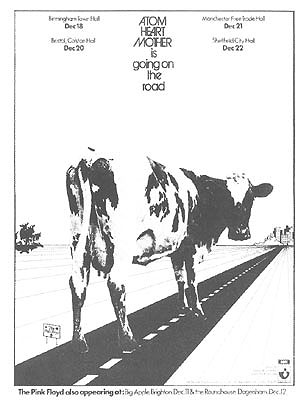

Best of all, this was the first rock song to seduce top-40 audiences into dancing in 7/4. Between the rhythmic cash register loop, infectious shuffle groove, vibey Wurlitzer piano, and triple-layered guitar parts, it all came together for Pink Floyd on this landmark 1973 track.

From the opening raked arpeggio to the descending string of triplets in bar 4, those notes combined with those rhythms and that tone create one of rock’s most magical moments.ġ “Money” from Dark Side Of The Moon (0:12 - 1:21). And you can actually hear the chord changes in his lines. Simply put, Gilmour’s stratospheric tone is to die for the kind of tone that can make men cry. What can you say? The opening riff of this soul-drenched solo has sent chills up more collective spines than one could possibly count. (Notice that he left the 7/4 soloing to saxophonist Dick Parry!)Ģ “Comfortably Numb” from The Wall (2:04 - 2:21). 2 and 3 is much busier) but Gilmour plays it with enough Herculean authority and soulful vibrato to convince you that it’s the greatest thing you’ve ever heard. King-style phrase is sparse (in fact, the combined chordal and chromatic single-note rhythm figure played by Gtrs. An air-guitar staple, this seventh-position B.B. The call-and-response blues lickery in Gilmour’s opening guitar solo (the song features three distinctive solo choruses, each with a different tone) displays an unshakable confidence and deep-rooted understanding of the genre. Use your 2nd finger to slide back up the D string on beat four.ģ “Money” from Dark Side Of The Moon (3:05 - 3:13). Halfway through bar 4, Gilmour introduces the 9 (E) to his minor pentatonicisms via a raked index-finger slide into ninth position. The muscular two-step bend at the end of bar 2 works best with a reinforced three-finger bending technique. Lock into the tenth-position D blues box for the pickup and stay there for the next three-and-a-half measures. Gilmour’s tone-probably eminating from his Strat’s neck pickup-is milky sweet, and his phrasing is equally mercurial. This four-bar excerpt is played over a stripped-down version of the verse groove. Our list wouldn’t be comprehensive without a few Gilmour solo moments. You can’t shake the feeling that there’s a blues progression buried somewhere deep within.Ĥ “Another Brick In The Wall, Pt. The chorus hook is underscored by robust F and C voicings and recapped with the opening Dm figure. The pre-chorus in the fourth ending jumps to the IV chord (G) before Gilmour unleashes the funky, syncopated diatonic triads in bar 4. His verse figure employs a pair of alternating two-bar rhythm figures (bars 1 and 2) played with a single tonic Dm voicing. Gilmour’s extensive use of triads reveals an awareness of chord/scale relationships. 1, causing each part to overlap the previous one until both guitars join in unison for a brief stab outside of the established D minor tonality.ĥ “Another Brick In The Wall, Pt. 2 and 3 are effected with the same delay settings as Gtr. The spacey guitar overdubs in the second system float over Rhy. 1)-which utilizes the timed delay from “Run Like Hell” at a slightly slower tempo-and presents two optional variations to drop into beat four of the figure. The first system isolates Gilmour’s palm-muted eighth-sixteenth-sixteenth accompaniment (Gtr. Both of the riffs illustrated in this excerpt broke new textural ground for guitarists. Set yours to play back four repeats starting a dotted-eighth note-or three sixteenth notes-later, dial in a 50/50 blend of wet and dry signals, and bask in it.Ħ “Another Brick In The Wall, Pt. The delay time and blend is crucial to both guitar parts. Gilmour’s majestic delay-drenched major triads pierce the upper register over a rhythmic D pedal tone that recurs throughout The Wall. These major- and minor-tenth harmonies outline the chords notated in parentheses.ħ “Run Like Hell” from The Wall (0:22 - 0:55). Ascending parallel major triads played over a static D pedal tone-another Pink Floyd hallmark-make an appearance in bars 5 and 6, and provide the segue to the harmonized two-bar melody in bars 7 and 8. Gilmour and company approach total heaviosity with this classic intro riff, which again combines gothic and blues elements within its opening four bars.


 0 kommentar(er)
0 kommentar(er)
